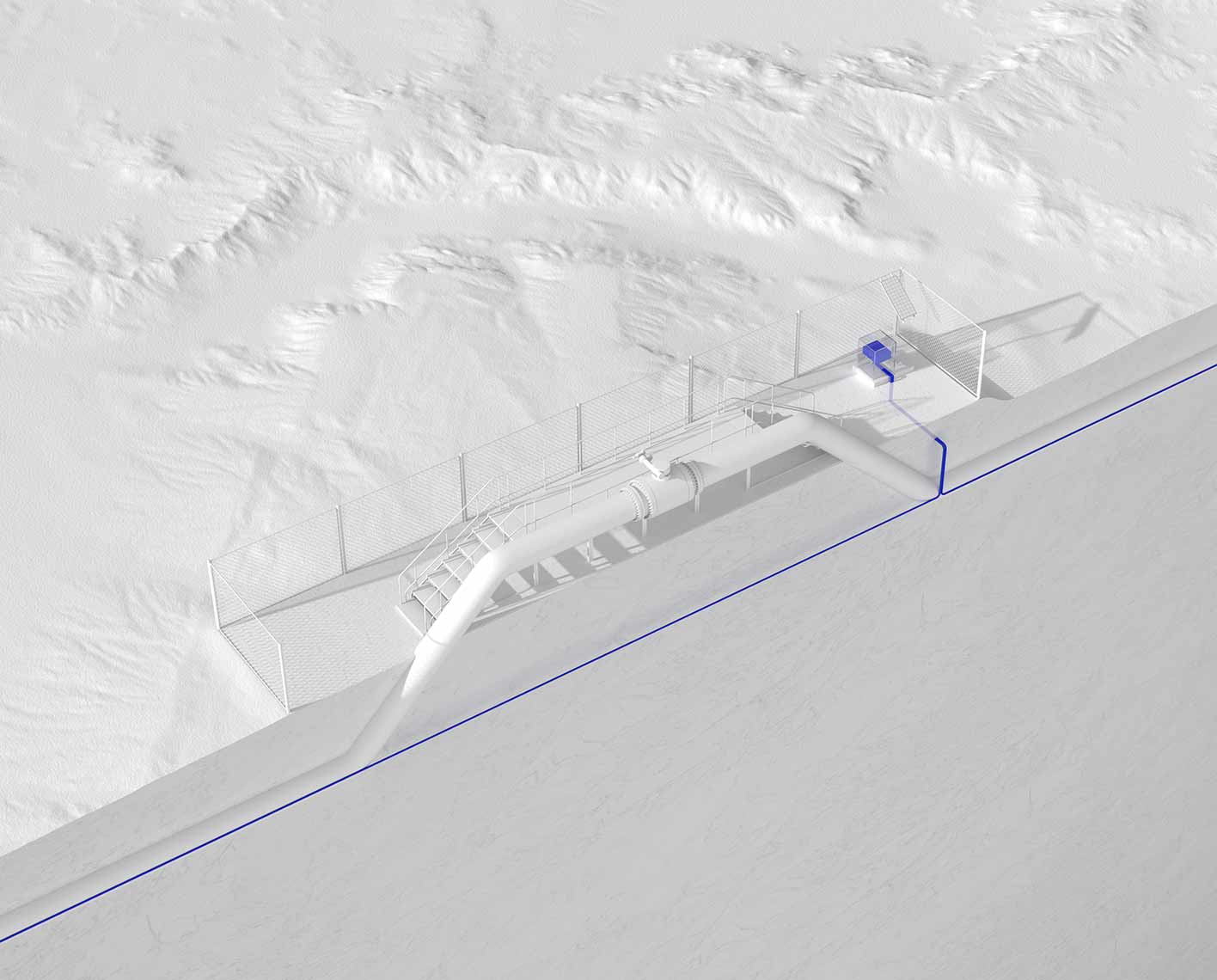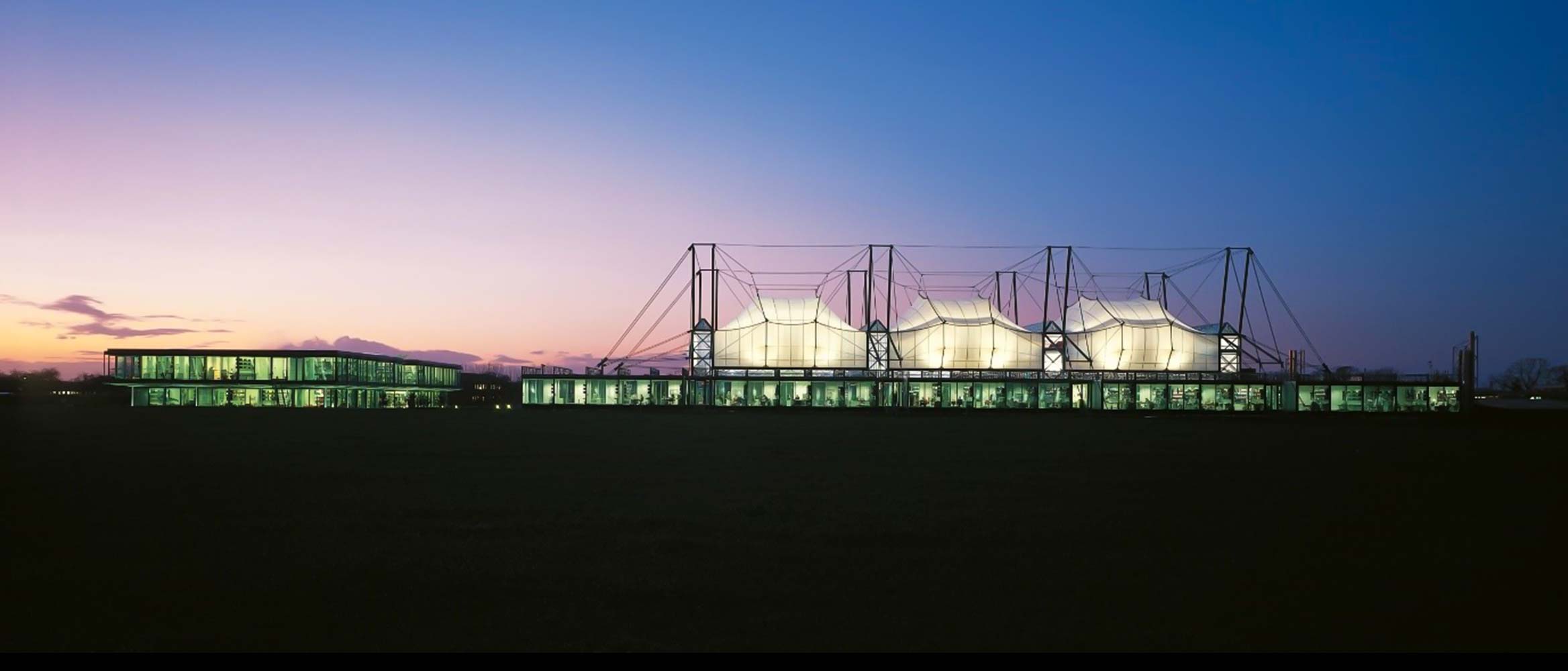Vibroacoustic Pipeline Monitoring System
Retrofittable sensor solution for pipeline leak and theft detection
Real-time monitoring of pipelines carrying crude oil, gas, or refined products.

Distributed acoustic sensor with 130-km [81-mi] range
24/7 monitoring control room with alert management
>5,500 km [3,420 mi] of pipelines actively monitored
Quantitative processing and integrated server and optics
SLB’s pipeline integrity monitoring systems—part of the Optiq™ fiber-optic solutions family—enable pipeline operators to perform accurate leak detection and pig tracking while protecting pipelines from third-party intrusions and detecting ground movements, such as earthquakes and subsidence. Using the latest fiber-optic sensing technology for pinpoint accuracy and continuous 24/7 real-time monitoring, our pipeline integrity monitoring systems provide uptime assurance for your assets. Remote monitoring and surveillance enables you to locate within a few meters a pipeline leak, stuck pig, excavation, and even theft from the pipeline through hot tapping.
Now deployed in more than 5,500 km of pipeline assets worldwide, SLB’s pipeline integrity monitoring systems are the first to detect real-world leaks on hazardous fluid pipelines and water pipelines, protect people and the environment—air and waterways—and avoid remediation and regulatory fines while unlocking access to energy for the benefit of all.
Quick navigation:
The environmental impact of a pipeline leak or rupture event can be devastating. Our fiber-optic sensing technologies and computational leak detection software help you quickly identify the location of the leak so that you can swiftly take data-driven action to minimize the severity. Every second lost after a leak event impacts your environmental restoration costs, ongoing license to operate, and regulatory fines, as well as public trust in our industry’s efforts to deliver energy safely and efficiently across great distances. By characterizing anomalous events with greater certainty than conventional methods, these technologies also enable you to reduce false positive events, which disrupt your pipeline’s performance and throughput.
Leveraging fiber optics, SLB has developed an advanced and efficient detection system to accurately pinpoint leak events in real time. The system is scalable for coverage of all pipeline assets—from above-ground gathering networks to buried transcontinental oil and gas transmission pipelines—and suitable for all fluid types.
The intuitive operator interface of the pipeline leak detection software enables pipeline operations staff to receive both remote and control room alarms via SCADA, text message, or email, enabling personnel to act with the precise level of urgency required.
Pipeline operators regularly use mechanical pigging to ensure pipeline cleanliness, batch pigging to deploy different products, and inspection pigging to help maintain the integrity of a pipeline system by detecting anomalies such as corrosion, dents, and cracks. Stuck pigs in the pipeline can be highly disruptive to operations and can even lead to complete shutdown of the pipeline system.
By using our fiber-optic pipeline monitoring technology, you can determine the velocity of pigs. As a result, you can calculate pig arrival times and inform maintenance crews as well as ensure that pig speeds are controlled at all points of its run to optimize data collection. You can also quickly locate stuck pigs with a higher degree of accuracy than via conventional methods, so that you can make more informed decisions, such as mobilizing the appropriate personnel to remove the pig by cutting into the pipeline. You can better understand the operating environment of your pig and identify locations with possible blockages or integrity issues.
Continuous monitoring enables you to automate batch pigging, whereby pig launcher and receiver systems can locate pigs at any time and adjust pressure and flow to optimize the pigging schedule.
One of the main causes of pipeline failure is mechanical damage from external sources. This damage is primarily accidental, caused by unintended contact with excavation equipment, but it can also result from the theft of pipeline products, sometimes by organized criminal groups. Prevention of loss using fence and perimeter intrusion detection systems for remote oil and gas production, pipeline, and other sensitive facilities enables more rapid and targeted responses, even with limited security and remediation staff, reducing opex.
Using our fiber-optic pipeline monitoring systems enables you to identify and characterize threats to ensure that the correct level of response is mobilized. In areas where theft is a regular event, the response can be combined with either law enforcement or military intervention to ensure the safety of pipelines, operations personnel, and the general public. Using the latest machine learning and artificial intelligence techniques, we're able to use the collective learning from previous installations to enable accurate classification of pipeline intrusion threats, including because of people walking, driving, or digging. This strategy minimizes nuisance alarm rates and false alarm rates (NARFAR) and helps gauge the level of response required.
At the Schlumberger Cambridge Research (SCR) facility, we have a functional simulation and testing flow loop. Gas and heated liquid can flow through the loop, which features preinstalled fiber-optic cables of various types and offsets. The 300-m-long [985-ft-long] monitored loop provides a holistic view of the distributed measurement data, enabling you to visualize leak propagation from the origin and observe transients across its full span. It can showcase real-time leak detection and the pipeline monitoring system's response to pinhole leaks and rupture events. A separate 750-m [2,460-ft] fiber-optic loop around the facility enables monitoring responses to various simulated external events that can affect pipelines and facilities, including walking, driving, or digging near the pipeline or tampering with protective fencing.
Simulating a range of pipeline conditions to determine system performance in various controlled scenarios enables the system design to meet precise requirements. Pipeline operators are welcome to observe simulations of the monitoring system for their projects. The facility is also used to test and refine new technology to solve critical pipeline operation and integrity challenges.
With >920 m2 of laboratory space and offices, SCR accommodates more than 100 scientists and technicians. Research focuses on drilling, chemistry, fluid mechanics, and seismic operations. In each domain, the facility combines three areas of research: theory, experiment, and computational simulation. Research teams are multidisciplinary, embracing physics, chemistry, materials science, mathematics, statistics, earth sciences, solid and fluid mechanics, computer science, and instrumentation.
